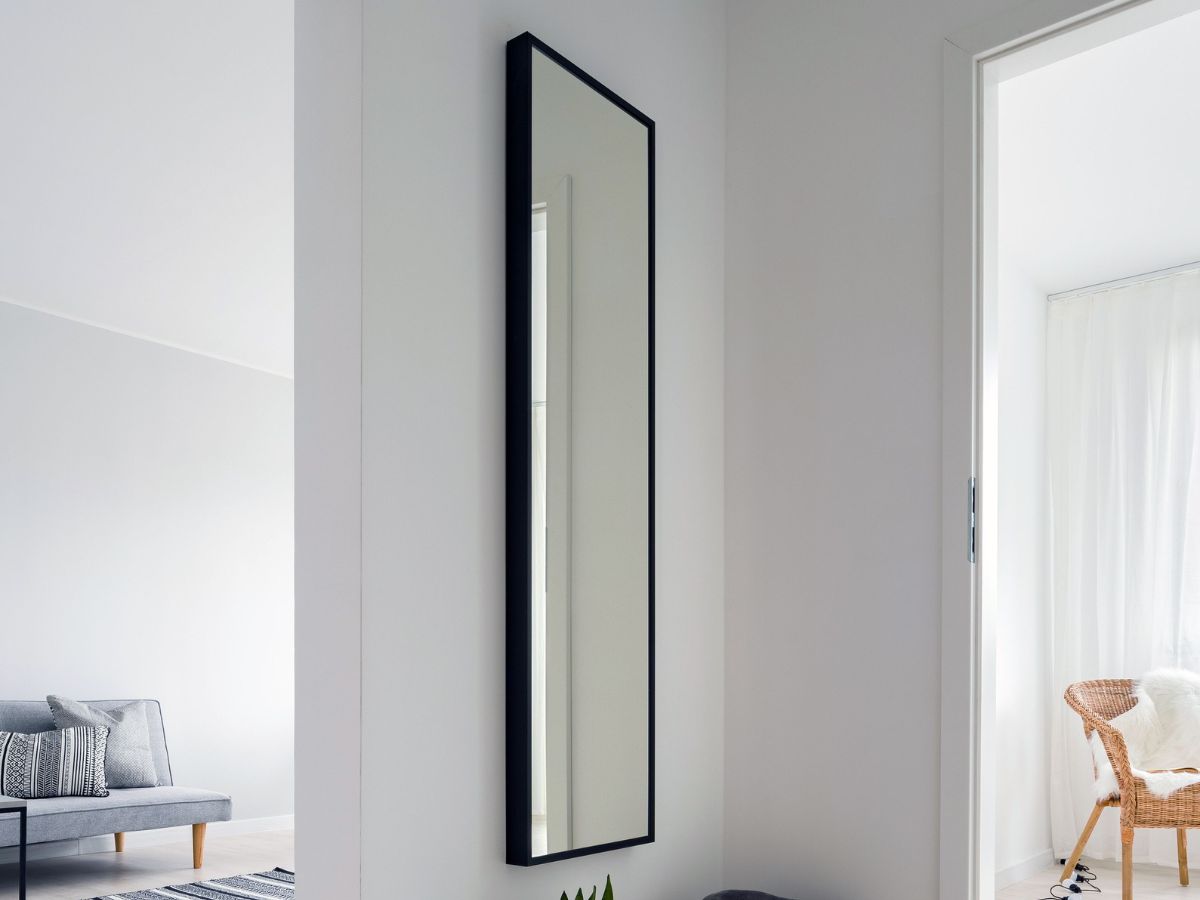
Expert Tips on Using Mirrors to Maximize Light and Roominess
Small spaces can often feel cramped and dark, but with the right design techniques, you can transform even the tiniest of rooms into bright, open, and inviting areas. One of the most effective ways to achieve this is through the strategic use of framed mirrors. Whether you’re an interior designer, home stylist, or a homeowner looking to make the most of your space, framed mirrors can be a game-changer. This article will explore how framed mirrors can maximize light and space in small areas, providing practical tips and inspiration for your next DIY project.
Understanding Light Reflection
The primary way mirrors can enhance a room is by reflecting light. In small spaces, natural light might be limited, and mirrors can help distribute this precious resource more effectively. Positioning a mirror opposite or adjacent to a window allows it to catch and bounce natural light around the room. This simple trick can make a room feel brighter and more open.
Creating the Illusion of Space
Mirrors can also create an illusion of depth, making a small room appear larger. A large mirror or a series of smaller mirrors placed on a focal wall can give the impression of extended space. Floor-to-ceiling mirrors are particularly effective in narrow spaces like hallways, as they visually double the length.
Choosing the Right Mirror
Selecting the right mirror is crucial. The size, shape, and style should complement your existing decor while serving the intended purpose. For instance, large, frameless mirrors are ideal for creating a minimalist, expansive look. Ornate, framed mirrors, on the other hand, can add a touch of sophistication while still providing functional benefits.
Strategic Placement Tips
- Living Room – In the living room, place a large mirror above the sofa or opposite a window. This not only enhances light but also creates a central feature that can make the space feel more cohesive and welcoming.
- Bedroom – In the bedroom, mirrors can serve both practical and aesthetic purposes. A stylish mirror above the headboard can act as a statement piece.
- Hallways and Entrances – Narrow hallways and small entrances benefit immensely from mirrors. A mirror at the end of a hallway elongates the space, while one in the entryway can make a small area feel inviting and less cramped.
- Dining Areas – While not as common, mirrors in the kitchen or dining area can be incredibly effective. In the dining room, a mirror opposite the table can create a sense of grandeur and spaciousness.
Adding Light Fixtures
To further enhance the light-reflecting properties of mirrors, consider adding light fixtures nearby. Wall sconces or pendant lights positioned close to a mirror can amplify the light and create a warm, inviting atmosphere. This combination works particularly well in areas where natural light is limited.
Maintaining Balance
While mirrors are a fantastic tool, it’s important not to overdo it. Too many mirrors can create a confusing and overwhelming environment. Balance is key. Aim for strategic placements that enhance the space without causing visual clutter.
Incorporating mirrors into your small space design is a brilliant way to maximize light and create a sense of openness. Whether you’re redecorating a single room or your entire home, these tips will help you make the most of your space. Happy decorating!

